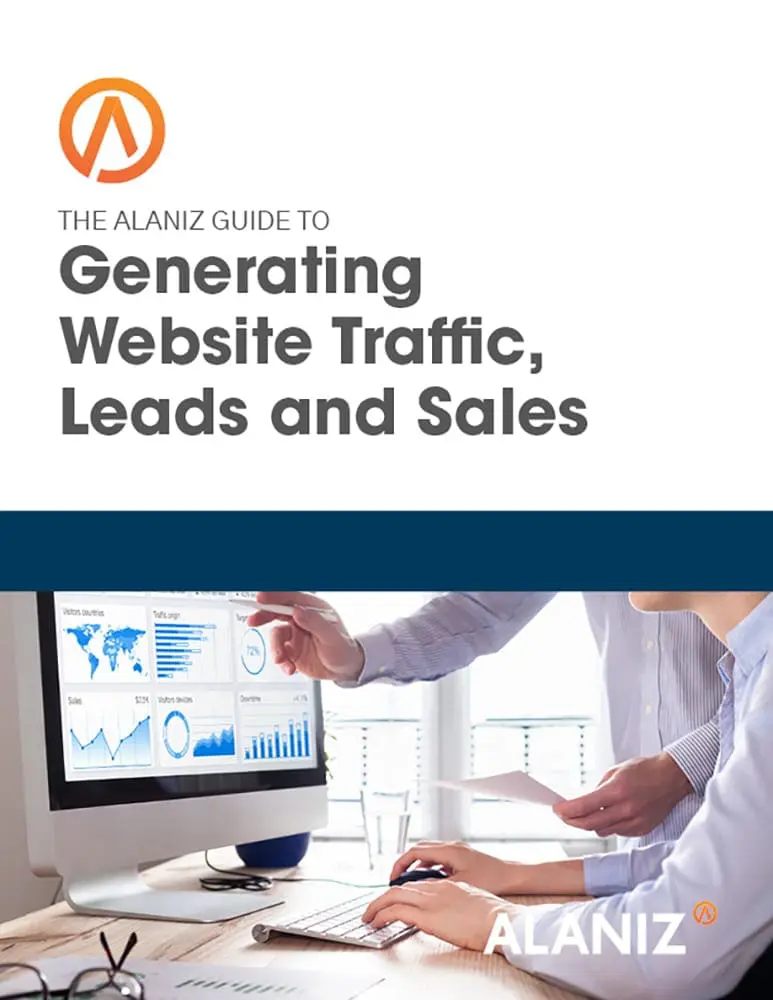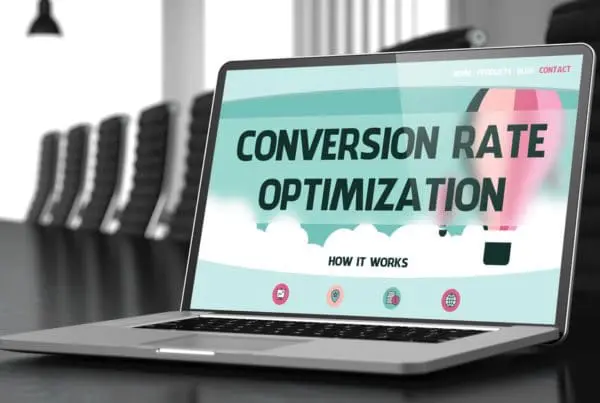How To Create Lead Generation Programs That Your Sales Team Will Love
When it comes to lead generation, there are two kinds: marketing lead generation and sales lead generation. They’re different, but they shouldn’t be.
Traditional marketing lead generation campaigns are typically aimed at the top of the sales funnel and stop there. You scan badges at a trade show, or collect form fills on a website. Leads! Yay! But they aren’t always qualified. I learned this the hard way. I started using HubSpot for inbound marketing at a company that made advanced manufacturing equipment. We started blogging, added calls to action to our website, and offered educational white papers via email to our database. The leads came flowing in.
At first, the sales team was ecstatic. We had been struggling to get new leads. I handed them right over. They started calling.
Then, not so ecstatic. The sales team started qualifying leads, and one after one people they contacted said, “I was just gathering information.” The leads weren’t qualified. The sales team went from thrilled to discouraged in a matter of weeks.
Sales people tend to get their leads through networking and, in my experience, using their own rolodexes. They work the phones to find leads that have a project, a budget, and decision making authority to sell. Then it’s up to the salesperson’s skills to close the deal. That’s a pretty labor intensive process that platforms like HubSpot aim to automate through smart inbound strategies that attract online searchers and nurture them until they either qualify or disqualify themselves as potential customers.
We realized sales and marketing needed to work together. So we looked at our marketing activities and the materials we were publishing and offering. The sales team told me at what point they would consider a lead qualified for sales–meaning they would want to follow up in person–the web pages they visit, the information they request, the questions they ask, and the answers they give to questions we ask them.
Fortunately, HubSpot makes it easy for sales and marketing goals to converge. It specifically differentiates between Leads, Marketing Qualified Leads, and Sales Qualified Leads. Duh! You can define triggers that put a contact into one of these categories based on a contact’s behavior. So, I added follow up emails to the the workflows for the initial downloads asking specific questions about projects, budgets, timelines, and decision making criteria.
We got a lot fewer form fills because not as many people had projects to discuss–fine, we didn’t want to spend time following up in person on these. But the forms that came in surfaced real opportunities. Happiness again!
I’ve found that sales teams love HubSpot. Not only does it make it possible to drop Sales Qualified Leads into their inboxes, they get to participate in the qualification criteria and, if you are using the HubSpot CRM, they can see contact behavior like website visits and even be notified when someone opens their emails (with Sidekick).
Frankly, this collaboration makes marketing much more satisfying as well. Instead of running programs that are measured in “impressions”–meaning you think something you published or promoted passed in front of someone’s eyeballs–you can manage the entire lead nurturing process and connect marketing campaigns to sales results. Even for companies like mine with big ticket products and long sales cycle, once a lead source is identified, when a contact becomes a customer you can connect sales numbers to marketing initiatives.
Every sales team is different. But if you include salespeople in the process of identifying keywords customers use, developing detailed buyer personas, and charting the buyer’s journey, defining qualification criteria, you’ll be much better equipped to deliver the kind of leads that are of high value to your salespeople and to your company.




